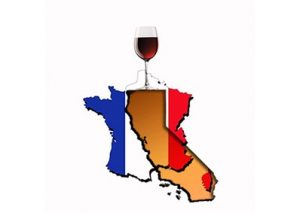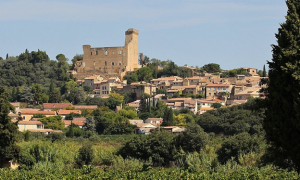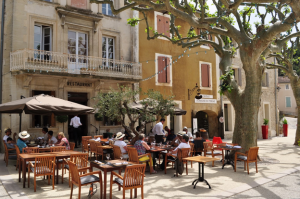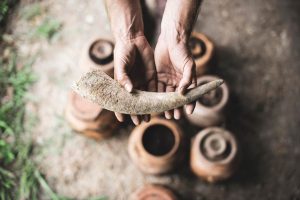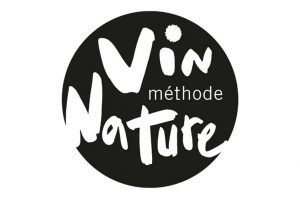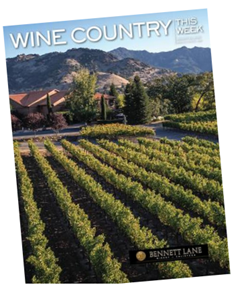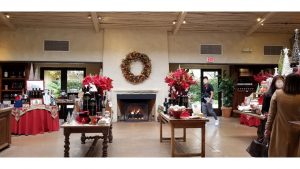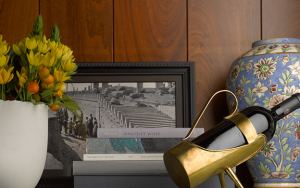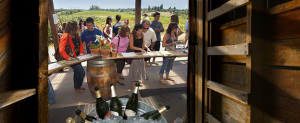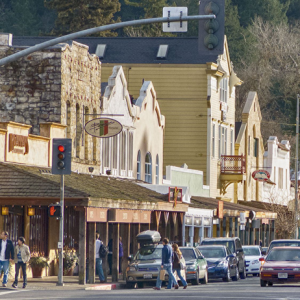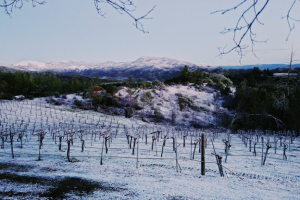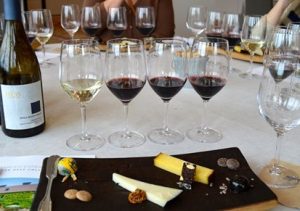As mentioned elsewhere in this issue, we endlessly debate the relative qualities of French and California wines. The famous Judgement of Paris tasting in 1976 established the world-class status of California wines and created the false impression that California makes better wine than France across the board. Of course, the question of “better” is a foolish one; both make excellent wine (and some plonk, too).
If you’d like to play along with us in this game of comparing the two, it’s quite simple. Just go out and buy some Californian and French wines. Open them. Taste them. Reach your own conclusions. Here are some tips on how to make the most of it.
- Ignore the extremes. If you have the wherewithal to compare Château Petrus and Screaming Eagle, don’t let us stand in your way. But what will that tell you? And don’t bother comparing Two Buck Chuck with a French wine for under five dollars. (Actually, we don’t know any.) The best idea is to choose wines in the range that you would normally buy or maybe a little more expensive, to give you a better range for comparison.
- Avoid varietal mismatches. There’s no point to comparing a Zinfandel with anything made in France. The French don’t have that wonderful grape. Likewise, don’t look for a Savoyard Chasselas in California. You won’t find it.
- Recognize your preconceived notions. If you know up front that you prefer, say, a Chablis to a California Chardonnay, there’s not a lot of reason to try a side-by-side test for your favorite. Rather, you might use the opportunity to ask your wine merchant to suggest California whites that most closely approach a real Chablis and see if you can tell the difference.
- Consider price points. There’s no question that a $100 white Burgundy is going to be superior to a Castle Rock for eleven bucks. And you can say the same if the countries are reversed. For most people, the choices they make when they go into a wine store are based on what they’re willing to pay on that particular occasion. Interestingly, it might be better to try comparisons, over time, of wines at somewhat different prices. You may find that you prefer a $25 California Pinot Noir to a $40 red Burgundy.
- Use the same glasses. It’s important that you use the same type of glasses for both the California and French wines. Believe it or not, the way a glass is made does affect the way wines smell and taste. The good folks at Reidel insist that there is a perfect glass for each varietal, but we’re a bit skeptical. The point for the purposes of comparison is that they be the same, affecting the wines for better or worse but equally.
- Be honest with yourself. If you start out believing you prefer one country’s wines over the other, it’s hard to change your own mind. The best would be if someone else pours the two and doesn’t tell you (a blind tasting). Of course, the other person now knows which is which and may not be able to overcome his or her prejudices. Just try your best.
